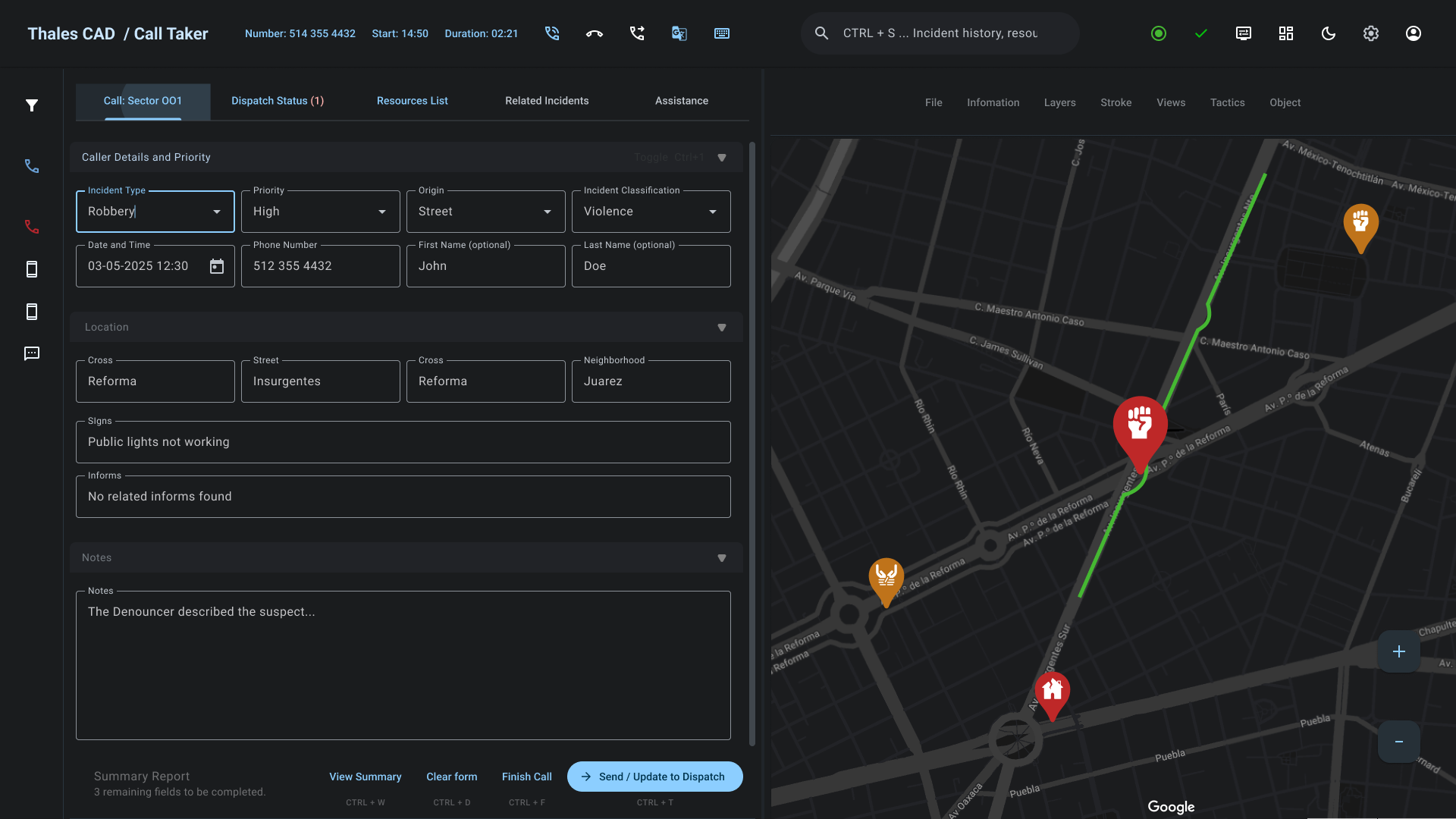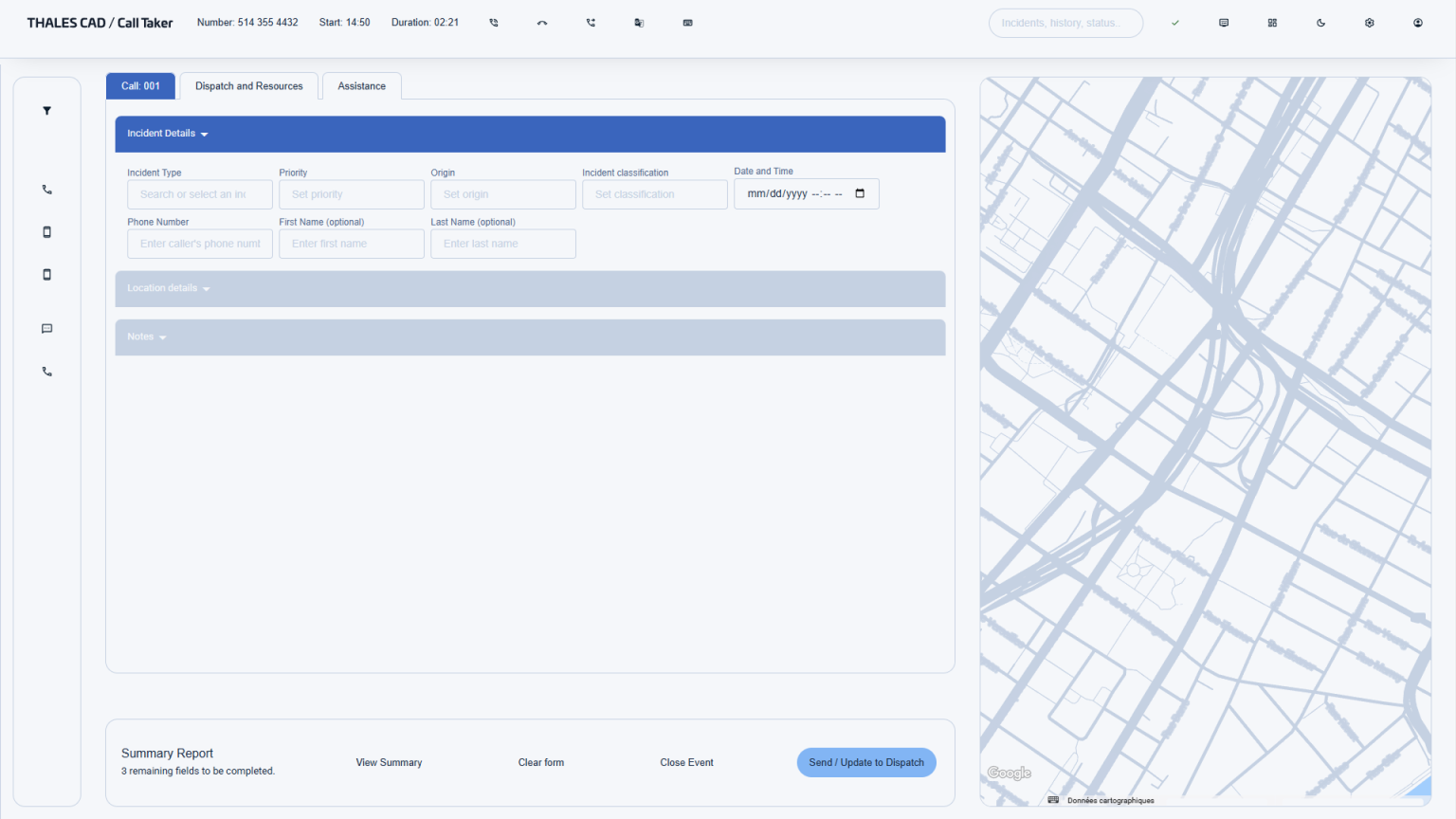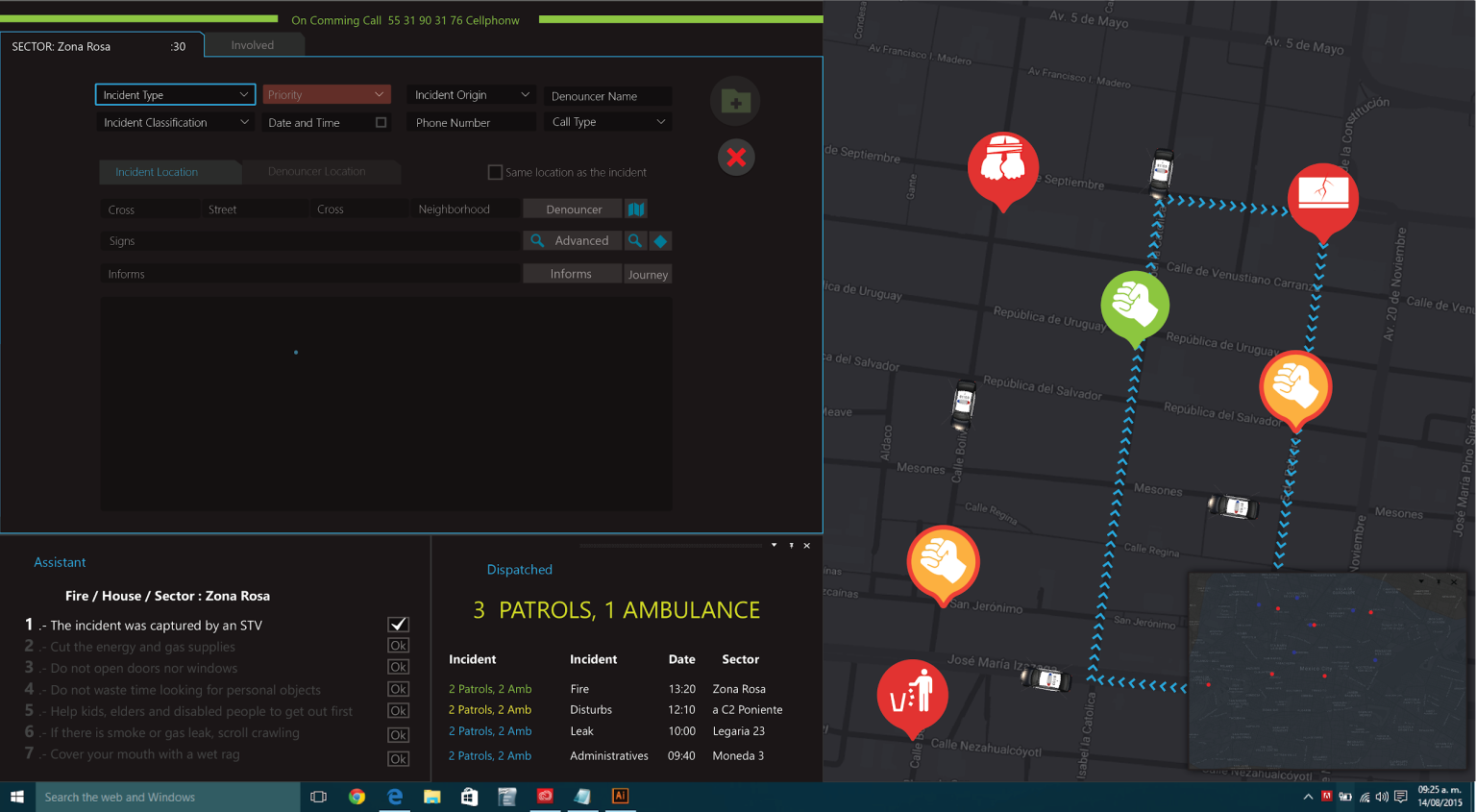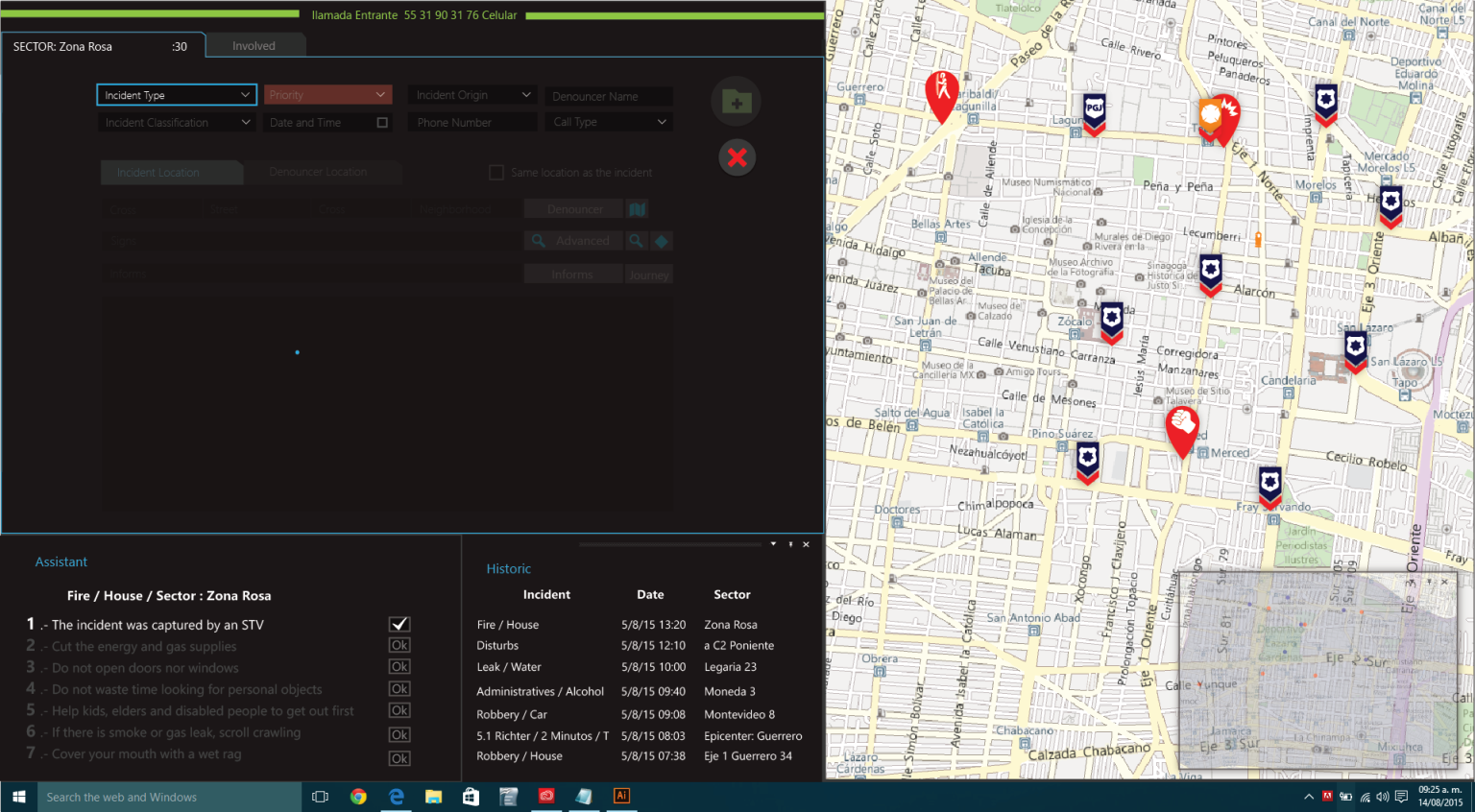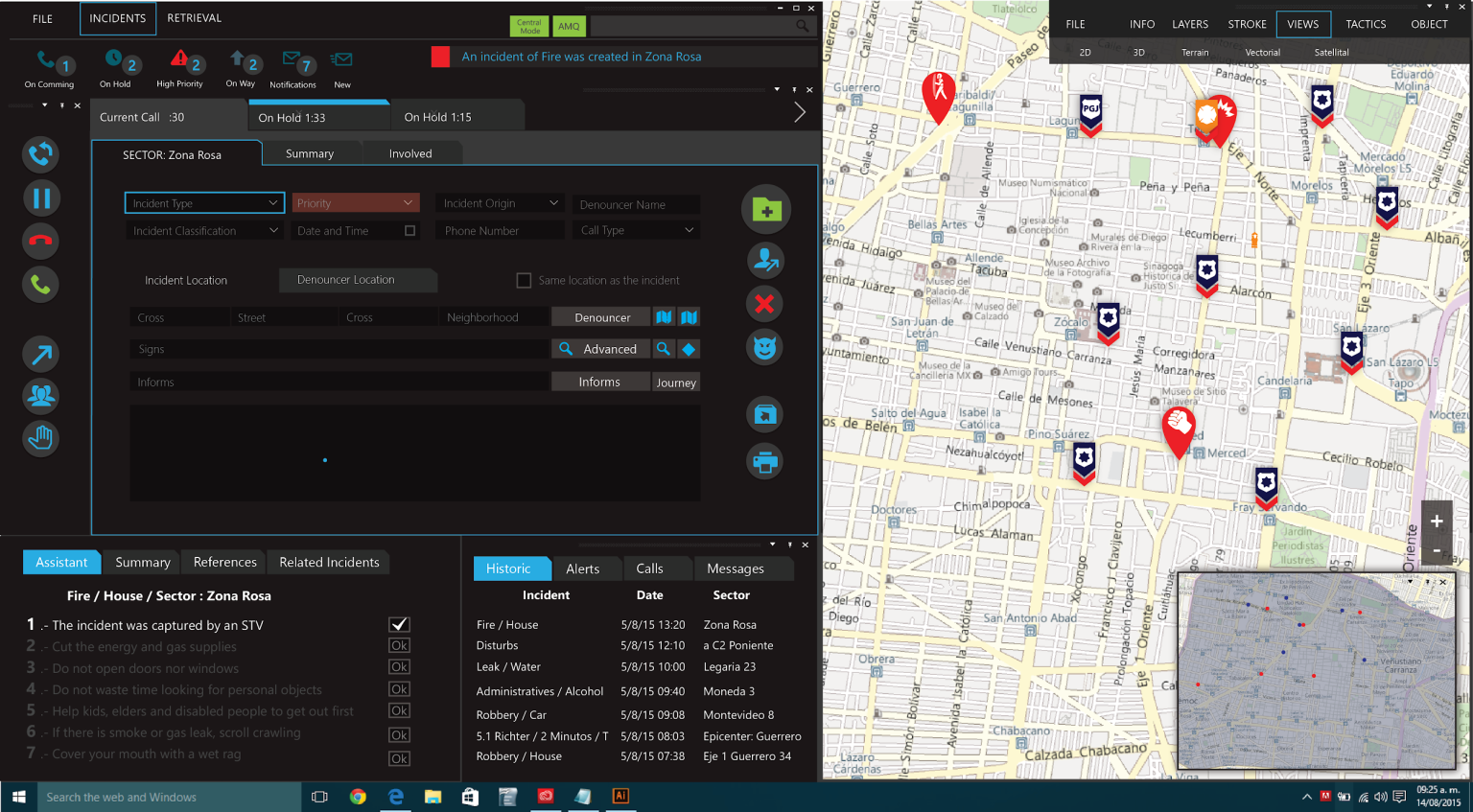Urban Security Platform
Urban security is a complex and multi-layered challenge, particularly in a city like Mexico City, which grapples with a unique combination of high crime rates, emergency response inefficiencies, and communication breakdowns between citizens and institutions.
To design an effective incident reporting platform, I conducted extensive UX research, incorporating field studies, stakeholder interviews, and behavioral analysis.
Research
-
Problem Scoping and immersion
- Reading manuals, operational procedures, and documentation
- Working on design tasks with no UX research involvement
- Scheduling internal stakeholder interviews
- Learning about state-of-the-art operations in the industry
- Attending industry events and conventions
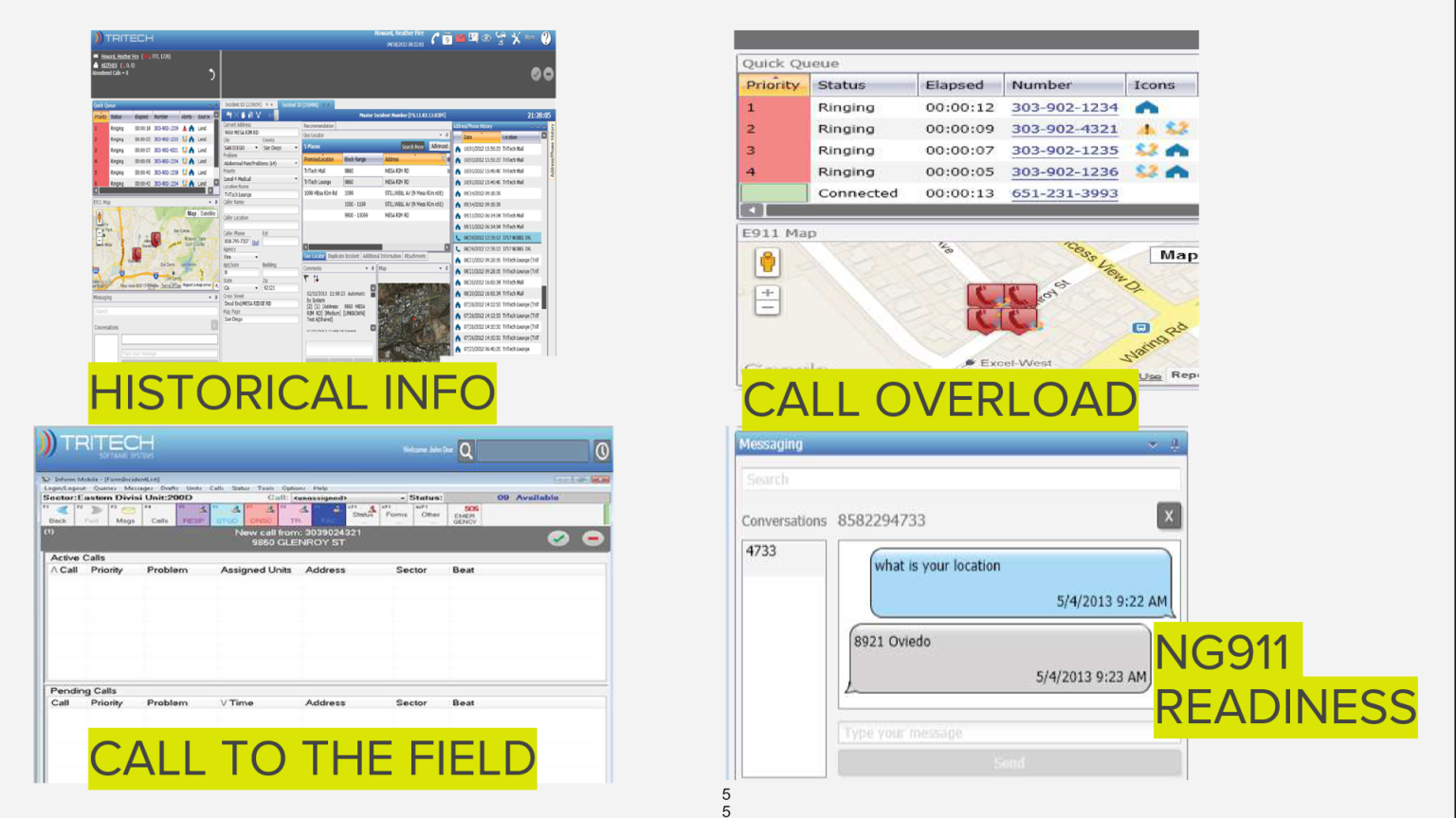
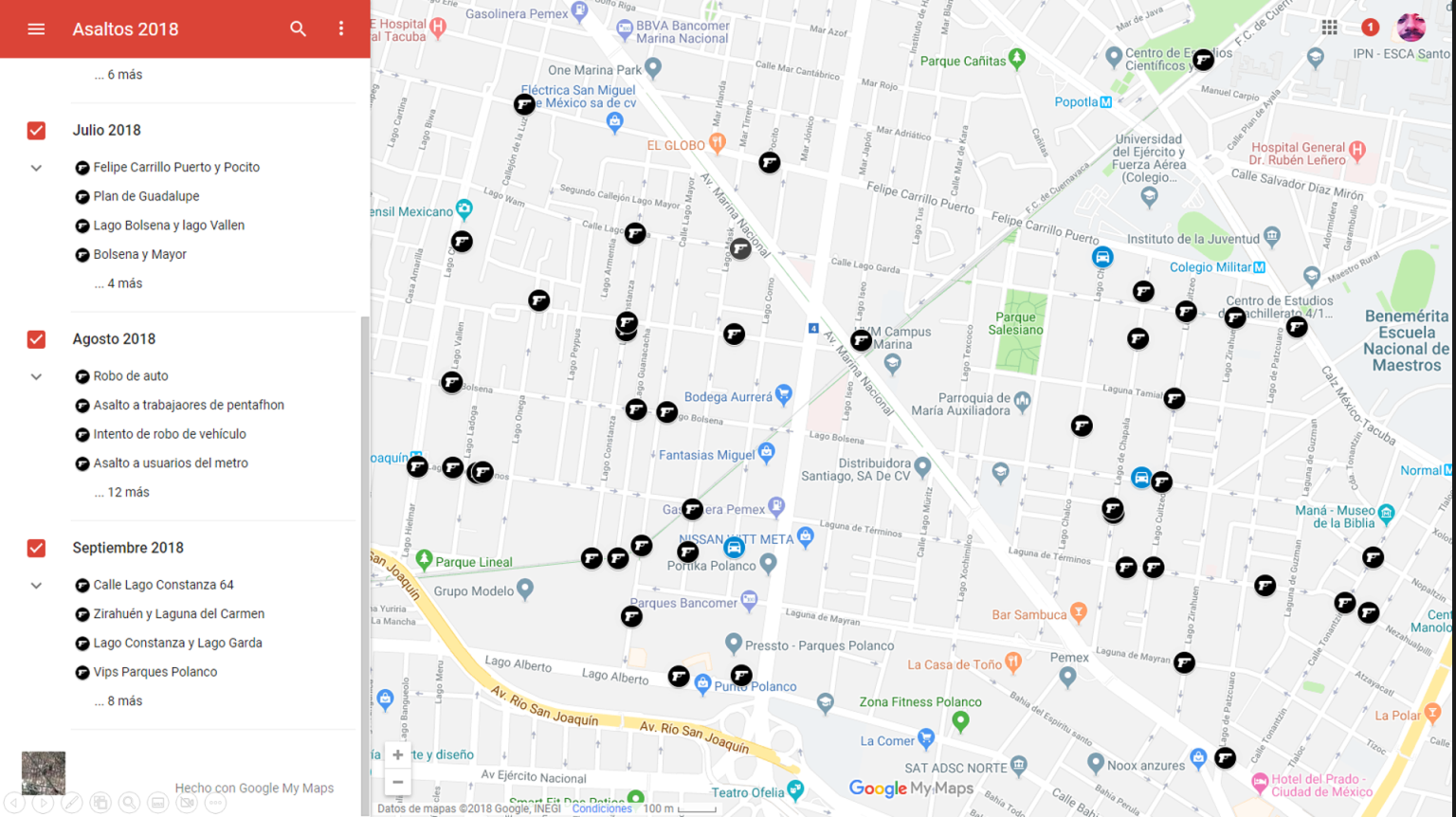
-
Data Gathering and Analysis
- Ethnographic study of emergency call center (C5) operations
- Shadowing emergency response personnel
- Gathering and listing technological gaps in the systems
- Analyzing and discovering citizen-funded urban safety initiatives
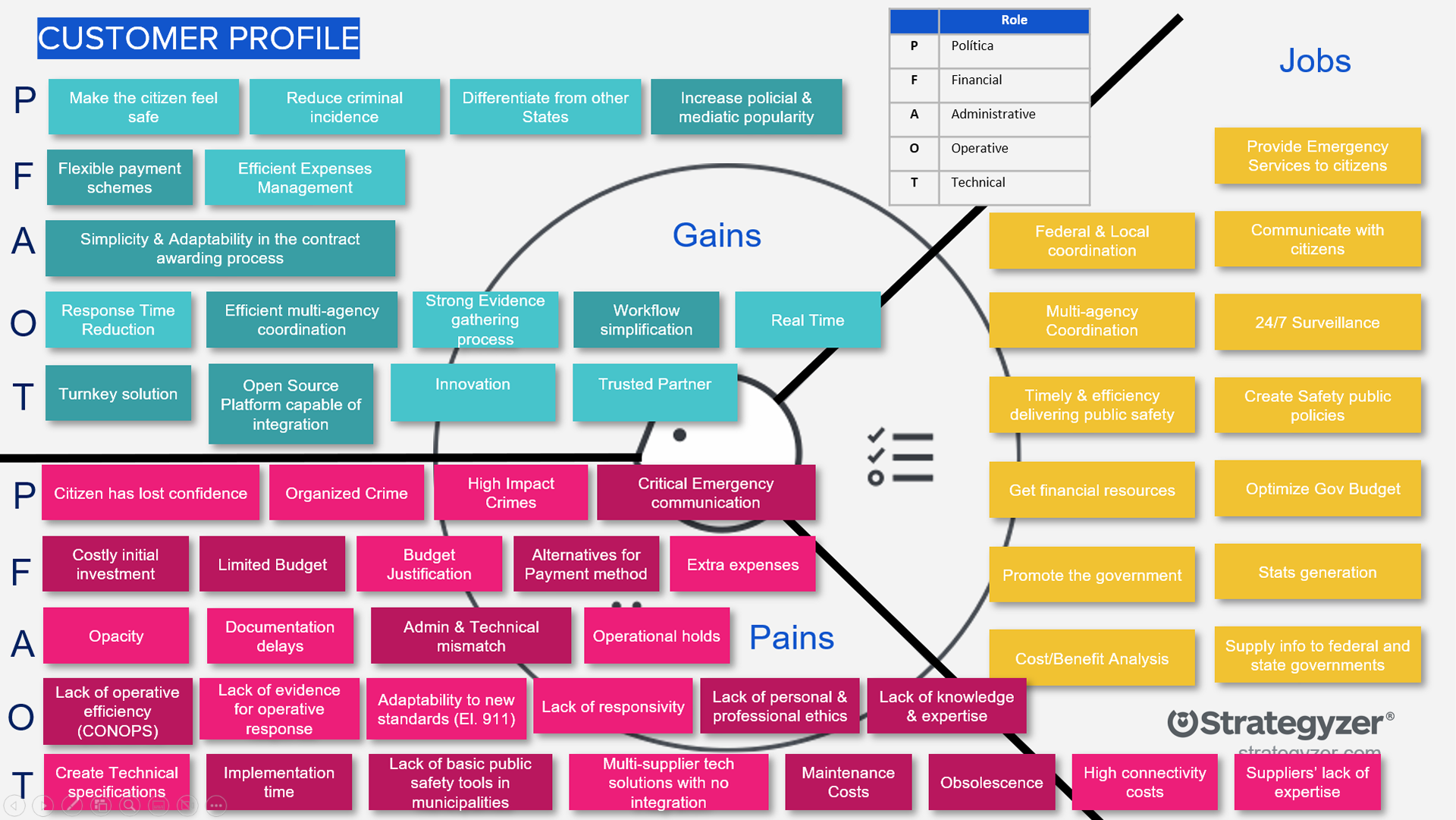
-
Synthesis and Persona Development
- The Call Taker (911 Operator)
- The Dispatcher (Resource Allocator at C5)
- The Supervisor (Human Resource Manager)
- The Citizen Reporter (Bystander Witnessing an Incident)
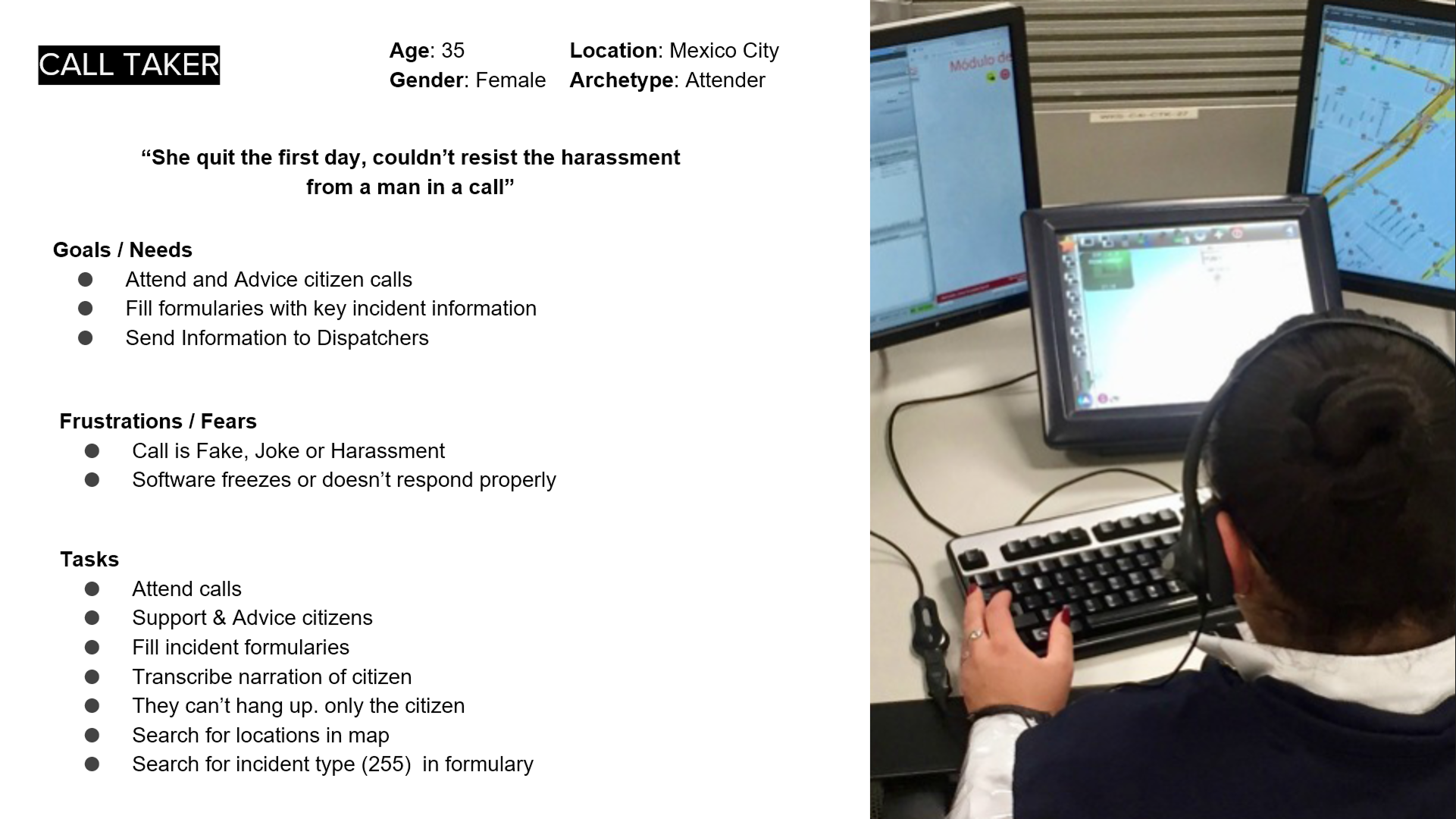
-
UX Research framework set up
- Negotiation with stakeholders to implement UX procedures when interacting with the client
- Defined periodic field trips and user interview schedules
- Set up agreements for usability test sessions

Some Key Findings
Duplicated Information
65% of the emergencies come from C5, some of which are duplicated by its own command center.
Inaccurate Incident Validation
30% of false alarms due to poor validation of an incident.
An Small Pool of Ambulances
There are approximately 25 public ambulances from the 3 main institutions for all emergencies in the city.
Design
-
Business Prioritization from UX research findings
- UX Redesign: CAD (Computer-Aided Dispatcher) + Map User Interface
- UX Redesign: VMS (Video Management System) User Interface
- UX Research: CAD Mobile App
- UX Research: Data-Driven Human Resource Management Optimization

-
Brand and Business Understanding
- Understand the global business strategy and the brand's impact
- Gradual implementation of usability and UI design practices in the development process
- Unify and standardize design practices between UI design and product marketing
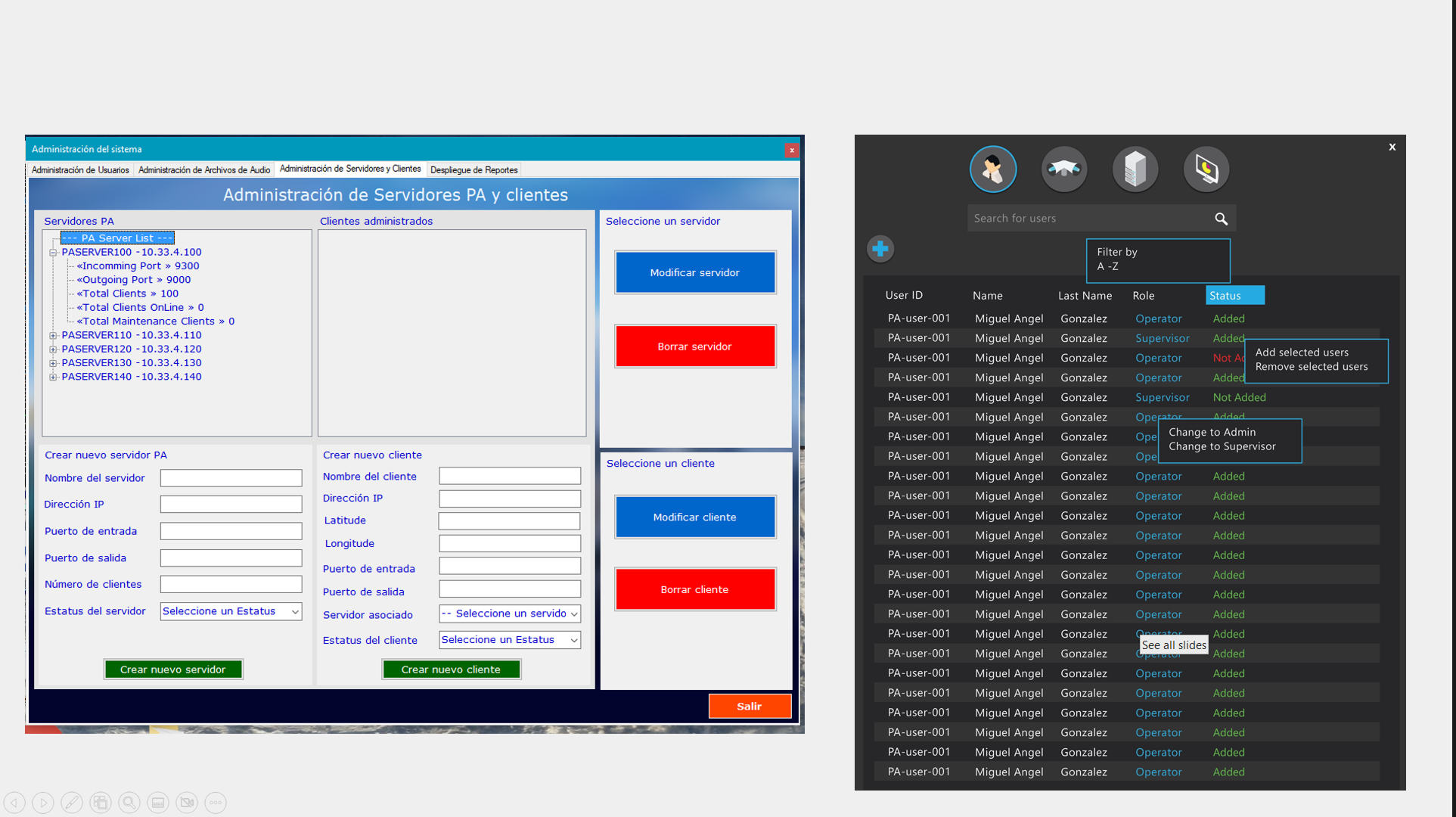
-
Design System
- Integrate corporate and product branding
- Define component hierarchy
- Prioritize dark theme experience
- Streamline the design-to-development process
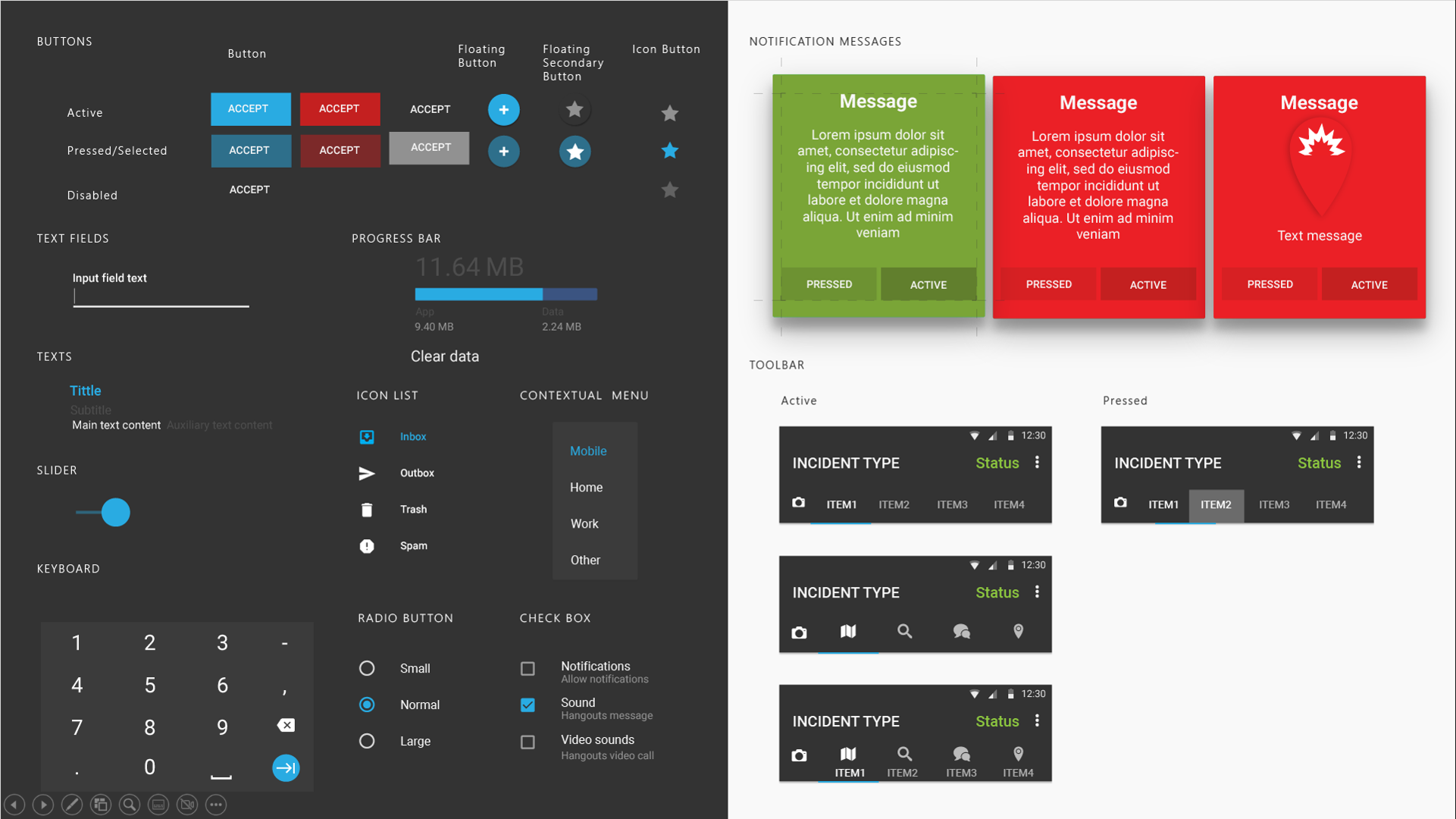
-
Iterative Design: Users and Stakeholders
- Monthly internal stakeholder workshops
- A/B testing sessions every 40 days
- Participation in elevator pitch fundraising events
- Cross-country and departmental collaboration to align business goals and design language
- Click the gallery to access the prototype
Development
-
Handover process from a designer to dev
- 1st Iteration: Adobe Illustrator → HTML/CSS hard-coded → Production
- 2nd Iteration: Sketch → InVision → Production code
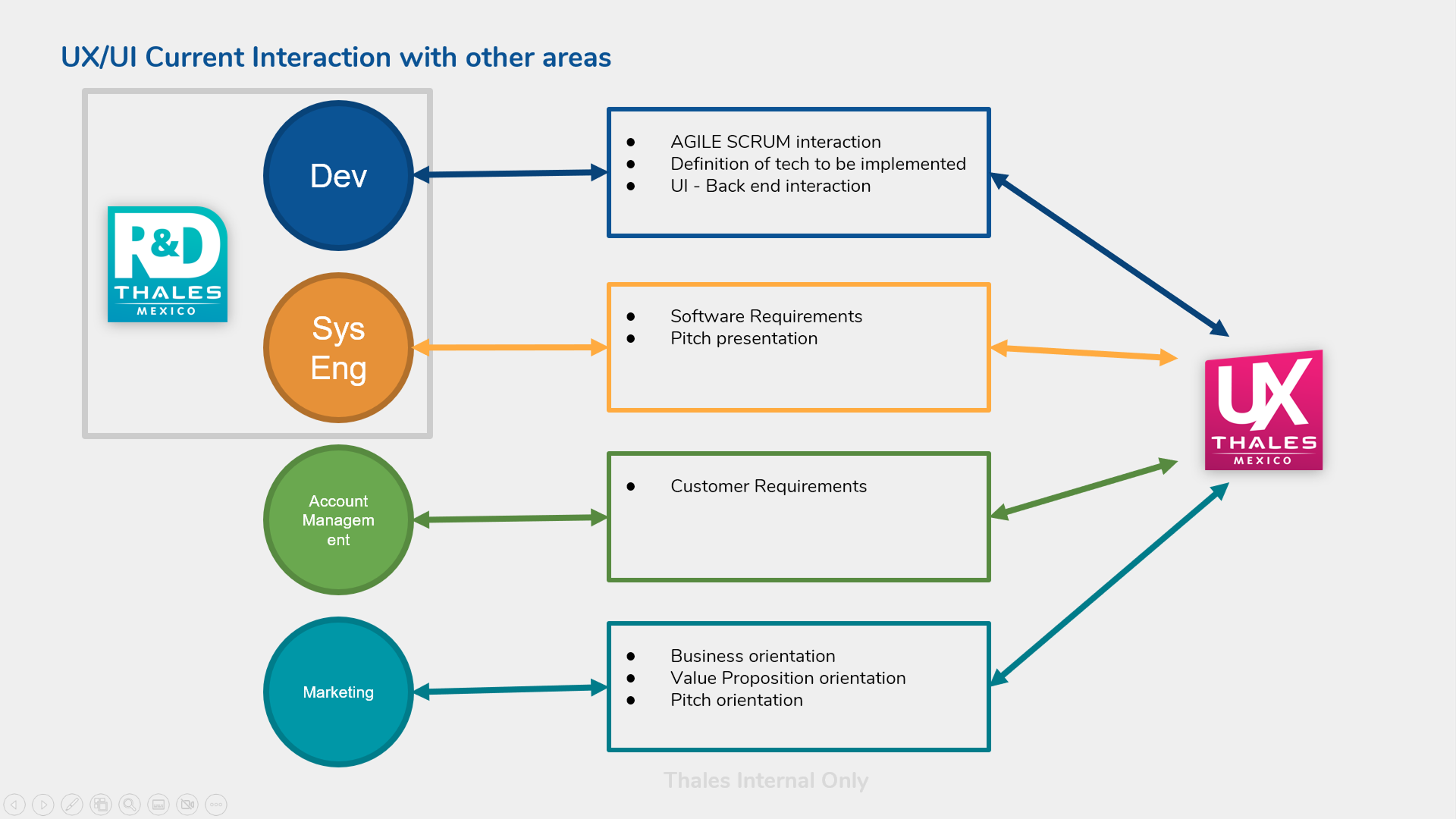
-
UX/UI + Agile & Scrum
- Sole UX/UI designer in the organization at the time
- Aligned with a 3-week sprint process
- Used JIRA as a task management tool
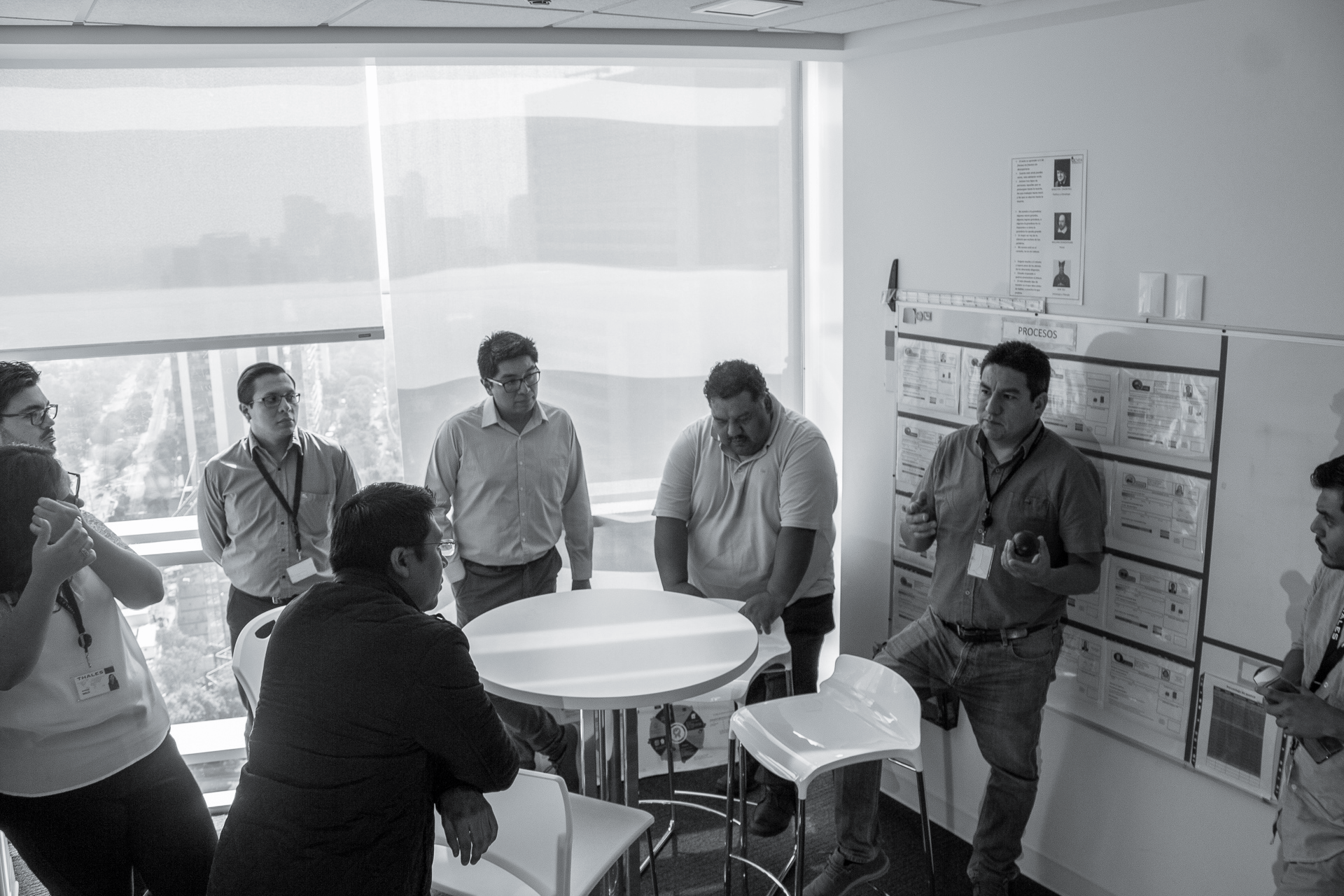
-
Implemented a flexible usability testing stategy
- Classify the subjects of validation by complexity
- Test more general subjects with regular employees internally
- Test procedural or specialized subjects with individuals who share a similar background with the end-users
- Test specific workflows with real end-users
- This approach was taken due to the complexity of accessing real end-users because of the client's security protocols

-
Results
- The work involved maintaining the current solution while conducting UX research to validate assumptions
- Five projects were considered for development, with two greenlit thanks to continuous UX research efforts and proactivity
- As an R&D team, we relied on the results of our explorations, with UX contributing at various levels
- My UX research and UI prototyping initiatives enabled the team to secure funding for new innovation projects
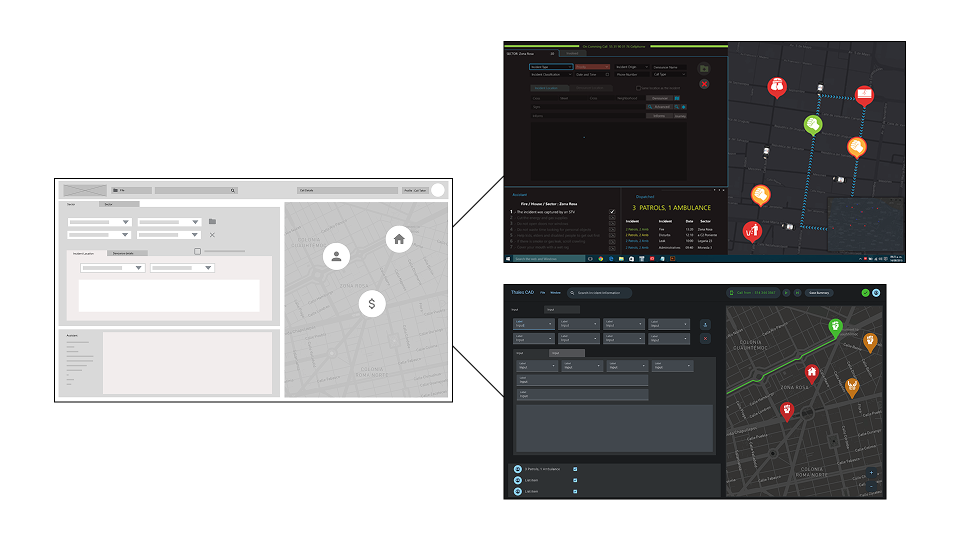
Product Marketing
-
Key Communication Strategy
- Evaluate opportunities and risks to secure funding and greenlight innovation projects
- Define key stakeholders to gain buy-in
- Create an elevator pitch aligned with the business interests of the business line
- Partner with internal teams and like-minded teams in other countries to align interests and goals
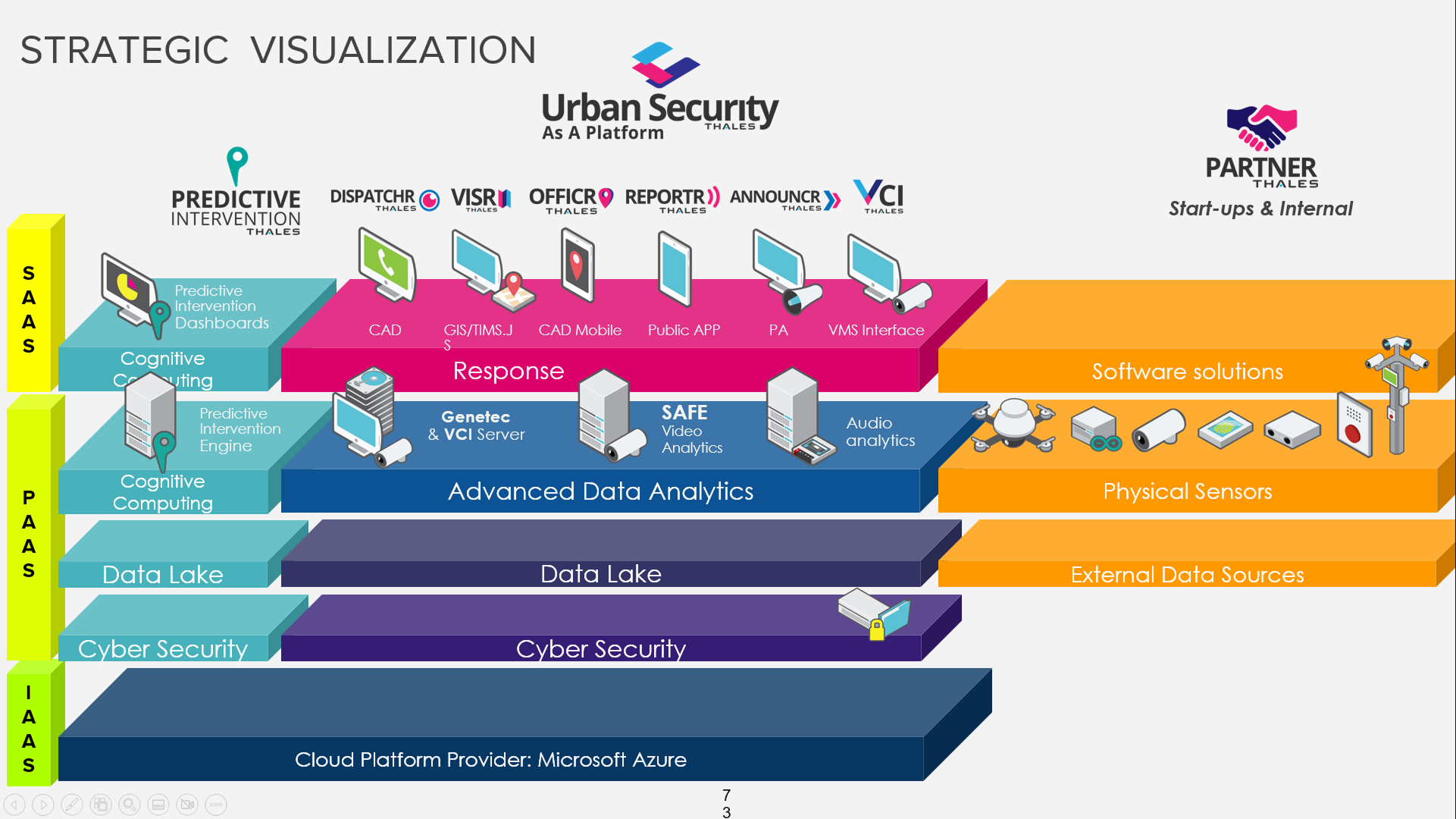
-
Product Marketing Material
- Create engaging presentations for our most impactful use cases from a business perspective
- Produce elevator pitch videos
- Develop product and explainer videos, such as the one on the right: CAD Mobile
- Collect and evaluate feedback to refine our messaging
-
Elevator Pitch Presenations
- We applied to several internal innovation contests
- We progressed through different stages, earning funding at each one
- We received feedback and adjusted for subsequent rounds while conducting UX research based on new assumptions
- We secured funding from two innovation initiatives
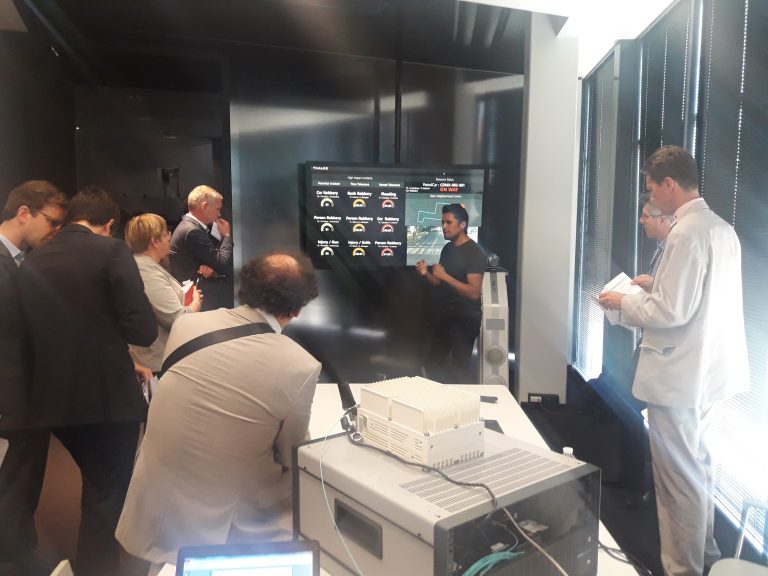
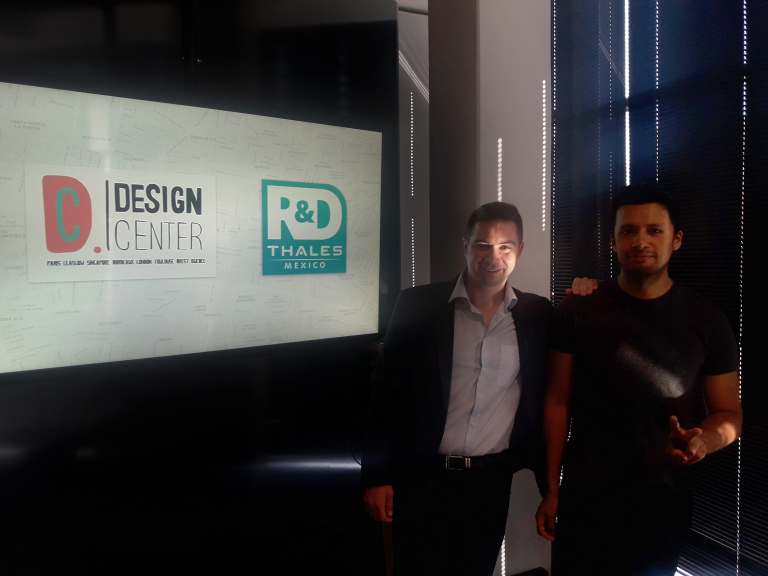
-
Results
- Our innovation proposals secured the budget for a complete renovation of the product strategy
- Four MVP projects were funded across Mexico, France, and Canada
- Twelve MVP projects were added to the production pipeline
- The project was handed over to the French team to evaluate its development as the main Urban Safety Solution for the Paris Olympic Games
